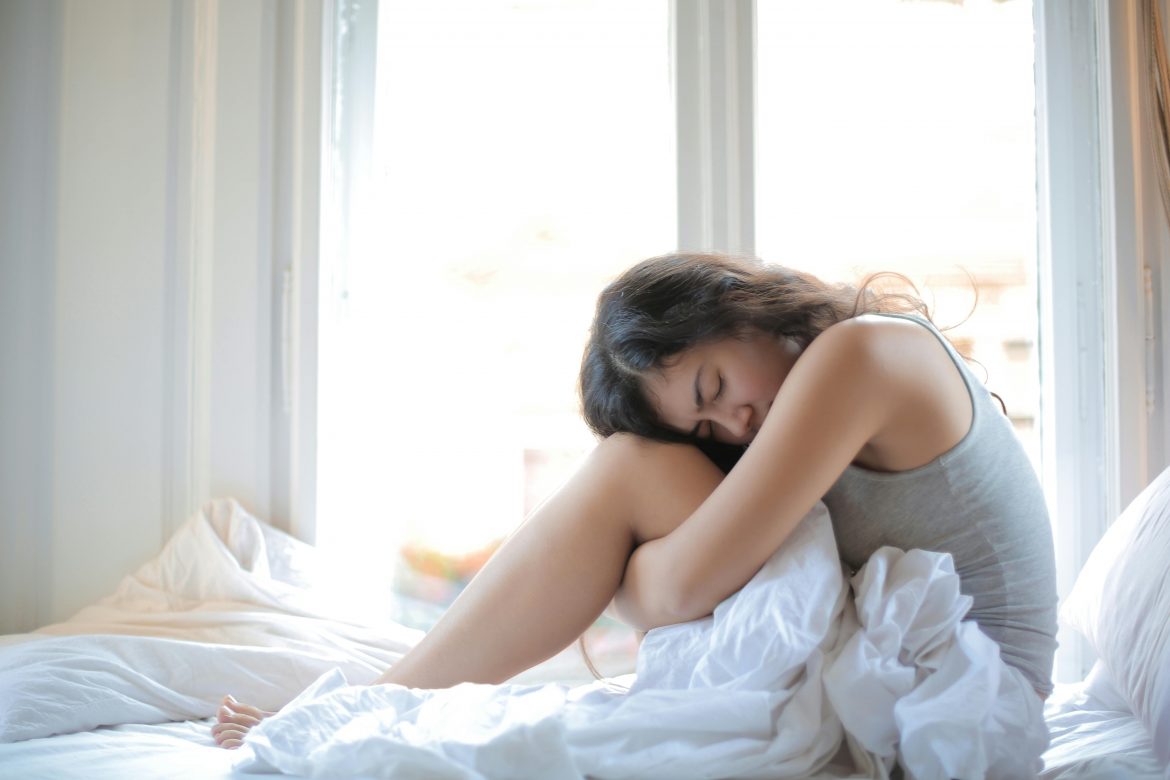With grey, rainy days looming, moods can take a dip. For many people, the transition from bright, sunny days to cold winters can bring about feelings of sadness, lethargy, and a lack of motivation. This deep mental health struggle is often referred to as seasonal depression or Seasonal Affective Disorder (SAD).
While it’s normal to have fluctuations in mood based on the weather and seasons, SAD is characterised by more severe symptoms that can significantly impact daily life. Luckily, there are some things you can do to soften the blow.
However, it’s important to remember that these self-help methods may not work for everyone. If you are feeling gloomy, seeking professional help from a healthcare provider or therapist is crucial.
What is seasonal depression or Seasonal Affective Disorder (SAD)?
Seasonal Affective Disorder is a type of depression that typically occurs during the autumn and winter months when daylight hours are shorter.
The reduced exposure to sunlight can disrupt our internal body clock (circadian rhythm) and lead to a drop in serotonin levels, a neurotransmitter that affects mood.
Additionally, changes in melatonin levels due to decreased sunlight can also contribute to feelings of lethargy and sadness.
Symptoms of SAD
- Persistent feelings of sadness or hopelessness
- Irritability
- Low energy or fatigue
- Changes in appetite or weight
- Difficulty concentrating
- Withdrawal from social activities
Self-help treatment methods for Seasonal Depression
Try these self-help methods to combat the onset of SAD:
Light therapy (Phototherapy)
One of the most effective treatments for SAD is light therapy.
This involves sitting in front of a light box that emits a bright light that mimics natural sunlight. The idea is to expose yourself to this light for about 20-30 minutes each morning.
Light therapy helps regulate your circadian rhythm and boost serotonin levels, thereby alleviating symptoms of depression.
It’s important to use a light box specifically designed for treating SAD and to consult with a healthcare professional before starting this treatment.
Regular exercise
Physical activity has been shown to be a powerful mood booster and can help alleviate symptoms of depression, including SAD. Engaging in regular exercise, particularly outdoors during daylight hours, can increase serotonin production and improve overall well-being. Even a daily walk outside can make a significant difference in combating seasonal depression.
Mindfulness and meditation
Practicing mindfulness meditation can help manage stress and improve mood regulation. Mindfulness techniques encourage staying present in the moment and accepting thoughts and feelings without judgment.
This can be particularly beneficial for individuals experiencing seasonal depression by helping them cope with negative emotions and reduce anxiety. Apps and online resources offer guided meditation sessions that can be easily incorporated into daily routines.
Other treatment options include:
- Cognitive behavioural therapy
- Interpersonal therapy
- Serotonin reuptake inhibitors to regulate serotonin levels to boost your mood
- Spending time outside
- Vitamin D supplement
Seasonal Affective Disorder is real, and the condition can impact anyone.
You can read more about SAD in the July issue of Woman and Home SA – on shelves in South Africa now!
ALSO SEE:
Featured Image: Pexels

